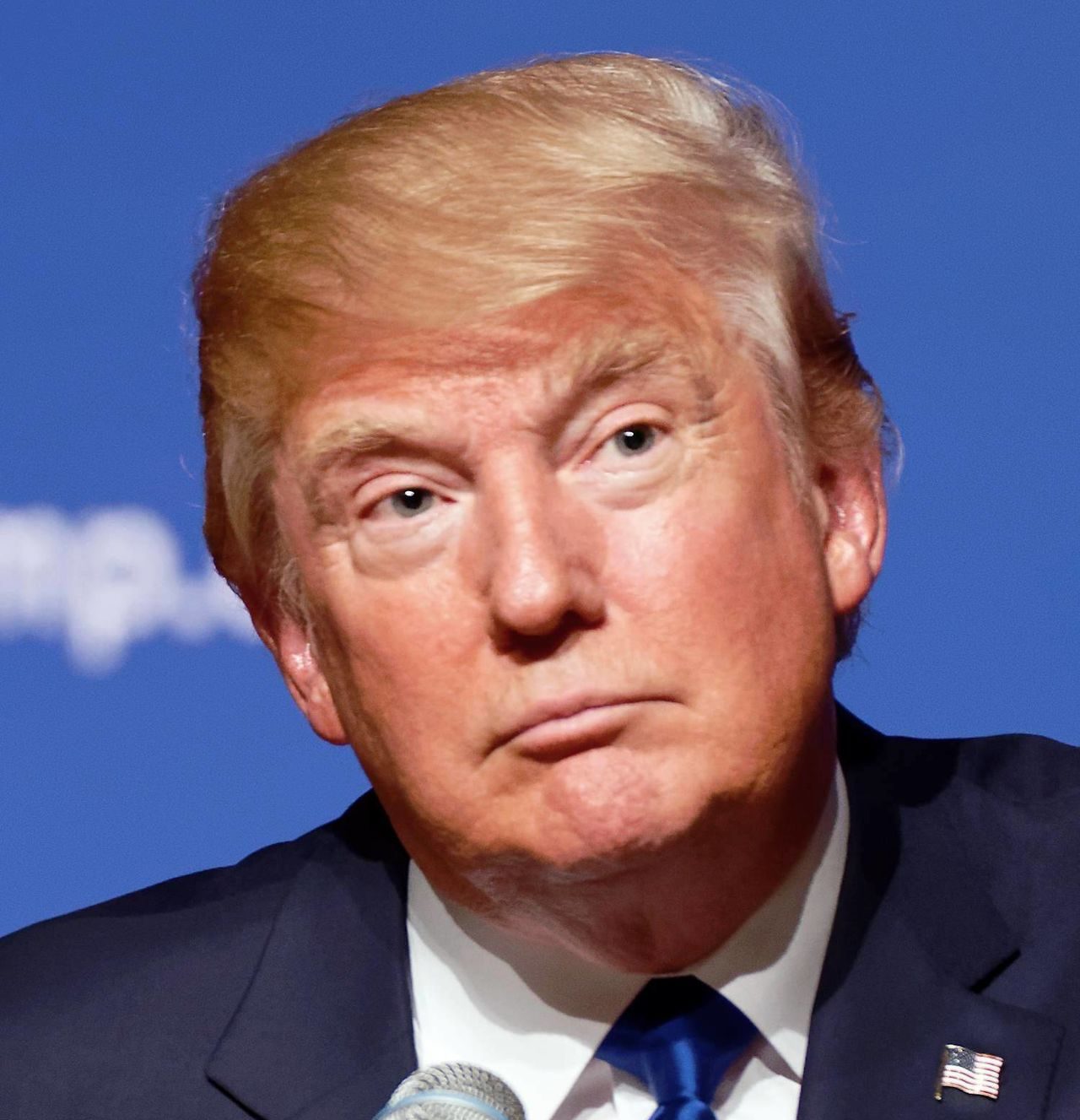
President Donald Trump’s victory in the US presidential elections was a huge shock to the majority of American citizens, considering that Clinton won in the popular vote. For most people, there are too few candidates for their fullest ideals to be achieved. It is just a circulation between Republican and Democrat regimes; a monotony that may also divert people from wanting to participate in political elections at all.
The current American voting system does not allow each American citizen to share the same amount of power in the vote. 700,000 Californians and 300,000 South Dakotans share the same amount of vote. Population is misrepresented, depending on areas, and Presidential candidates do not even visit non-battleground states. Can this be viewed as true democracy, where each and every citizen should share equal power to rule the country?
The first-past-the-post (FPTP) is the electoral system many experts encourage the US to change its voting system to, and also the most common one. Also called the popular vote, FPTP would have made Hillary Clinton win in the 2016 US Presidential elections, with Clinton winning approximately 3 million more votes than current POTUS, Donald Trump.
But with FPTP, so many people’s opinions are often neglected. As can be observed in elections of so many other countries, FPTP makes the political environment of countries bipolar and polemical, by forcing the two biggest parties to dominate the whole political scene without considering the smaller parties, such as the Green Party or Libertarian Party in the US. Some experts suggest that Proportional Representation is the best key to acknowledging different solutions and political objectives. In Proportional Representation, a country can divide up districts into different voting blocs, and representatives from different parties can fill seats of the Parliament by the percentage of parties that were voted for. This way, the power of the figurehead can be weakened and opinions of smaller parties can actually matter. However, this political system was condemned for splitting a country with too many different ideals; without a single firm leader, a country may fall into control of a military leader forcefully, just like the case of the early 20th century Germany.
The Single Transferable Vote (STV) might have more hope in representing more political goals, yet keeping a few powerful parties in the front of the political scenes. STV is a different type of voting system which is used to reach proportional representation just to make the number of ruling parties restrictive. People can vote who they want to vote for first, but if that candidate or party did not receive enough votes to even come close to winning, the vote will be transferred to the party they support on the second degree.
The reason why so many countries still might be keeping the current first-past-the-post system is because of cost efficiency. Not everyone is educated with political information and elections, and numerous countries still need some powerful figureheads who can lead a country coherently. What still remains as a question is whether the citizens who want better results will come out to express their voices through the most effective weapon they can wield: elections.